
Son La Ceremony Dome by VTN architects. Son La City, Vietnam. Photography by Hiroyuki Oki
The need to find a housing solution for Asia’s growing and ageing population is imperative. It’s a subject that’s certainly high on the agenda for Hong Kong and led Tony Or to look at one of nature’s strongest and most resilient materials – bamboo.
As part of an 18-month project, Or, who is a research assistant at the City University of Hong Kong and is undergoing his RICS APC, had two main aims. Firstly, to study and promote the crossover between modern technology and natural materials. And secondly, to find ways to speed up the supply of affordable flats and houses for the elderly.
The outcome saw him awarded the first ever CIOB (Chartered Institute of Building) Construction Innovation Scholarship in 2020, which ran through to 2022.
Lack of housing in the region has reached dramatic proportions: in Hong Kong, there were 1.3m older (65 years plus) people in 2018, 17% of the population, and is forecast to rise to 2.6m in 2050. Meanwhile, Japan’s elderly population hit 36m in 2018, making up 28% of the population, with predictions of a rise to 40m in 2050.
Or wanted to do something to help. And using bamboo was the perfect choice. “Bamboo is believed to have good mechanical properties to make buildings eco-friendly with high durability and low cost,” he says.
His research project proposed the use of specially treated bamboo, as a major construction material, to build modular integrated construction (MIC) modules with net zero carbon emissions.
It is being championed for strength and stability, making it an important material –– particularly in earthquake prone regions. In a world closely examining carbon output, added to the growing cost of traditional construction materials like concrete and steel, bamboo ticks a lot of boxes.

“Bamboo joints can absorb the shocks of earthquakes effectively” Tony Or, City University of Hong Kong, APC candidate
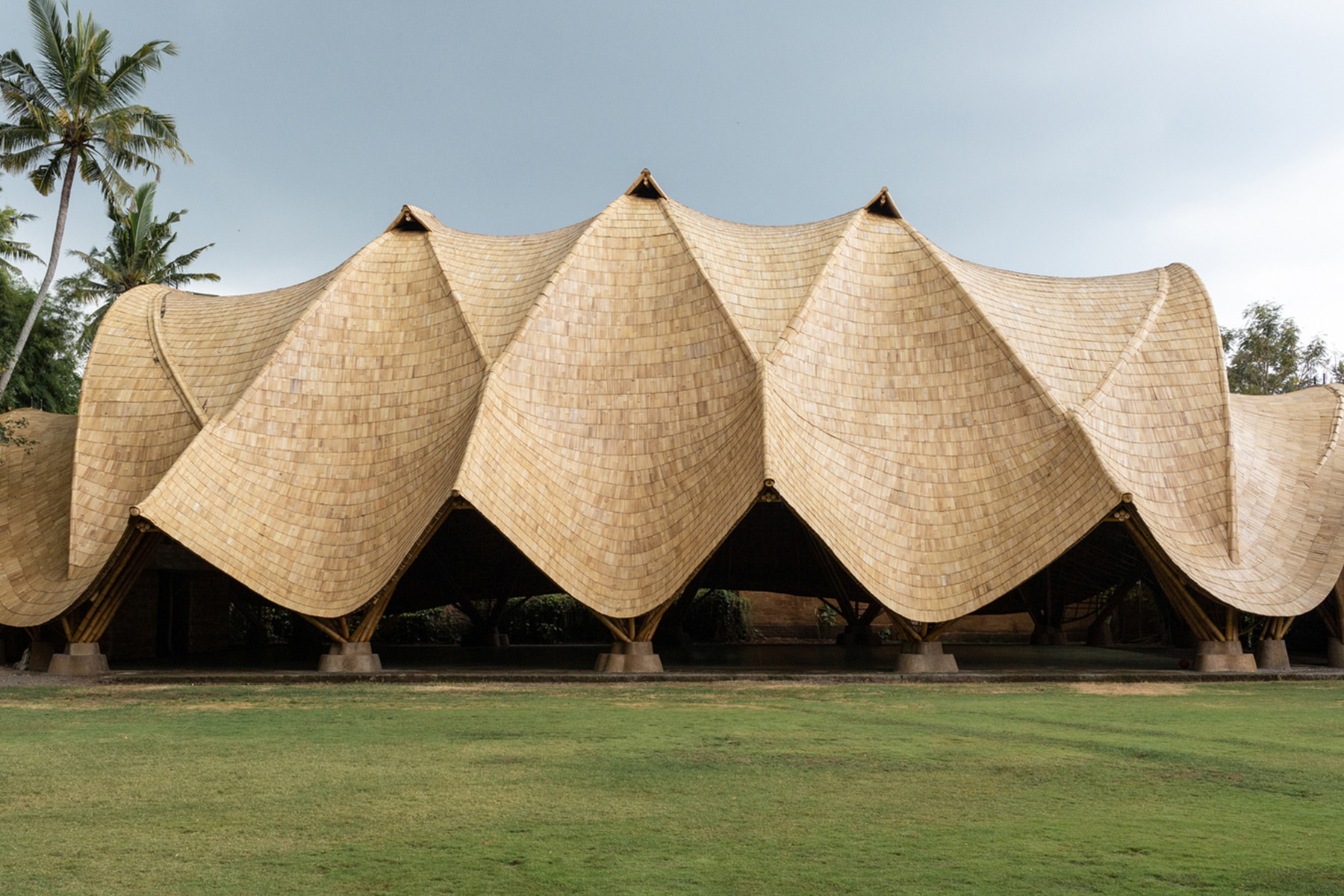
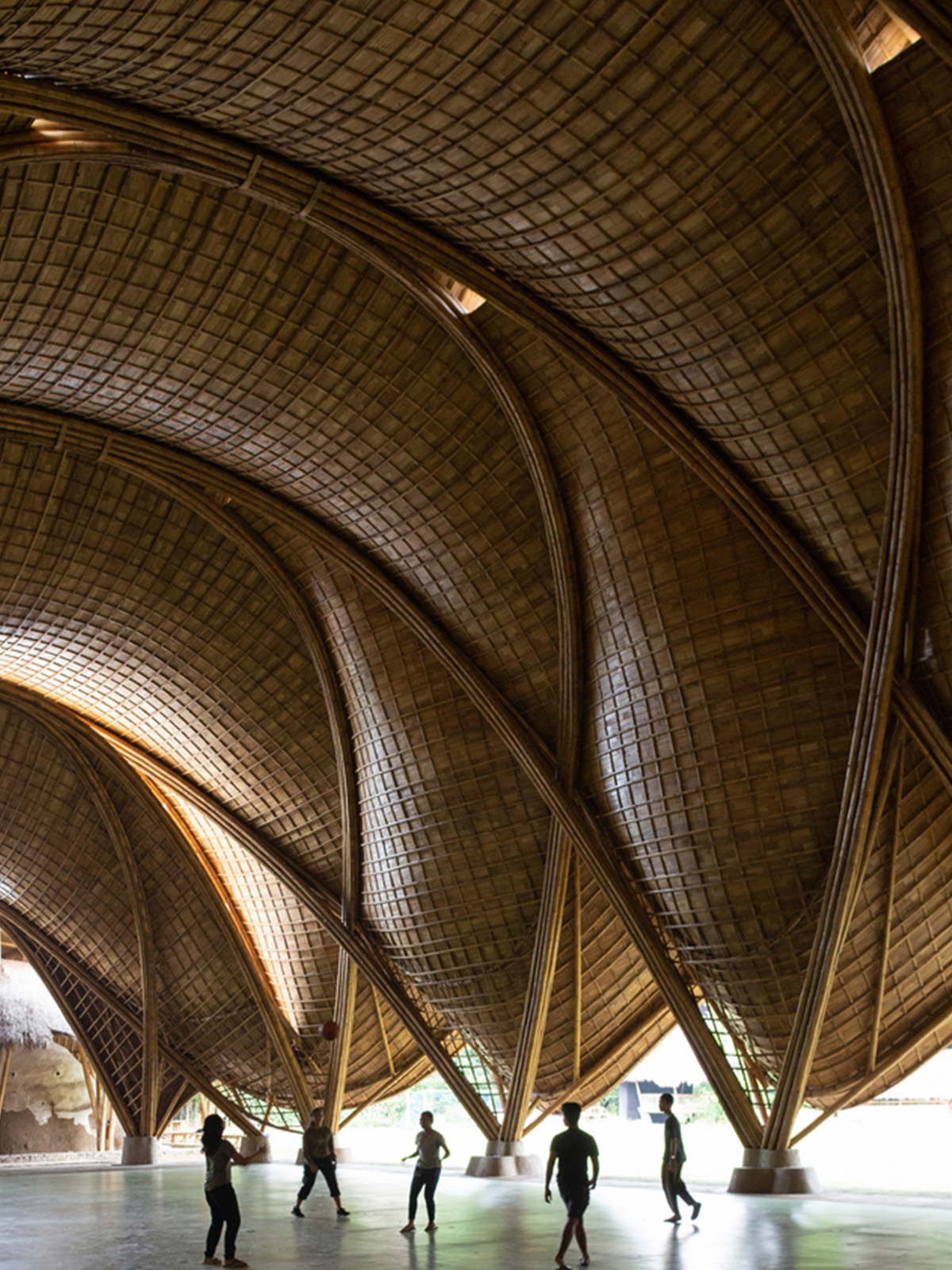
The Arc at Green School by IBUKU architects. Bali, Indonesia. Photography by Tommaso Riva
Earthquakes
When a deadly magnitude 6.9 earthquake hit Indonesia’s resort island of Lombok in 2018, almost 500 people died and buildings were destroyed. Those made from bamboo, however, were largely left standing.
“Bamboo’s strength-to-weight ratio, being very light but strong, protects occupants from injury,” says Or. The tensile strength makes it flexible, while through its fibre structure and lightweight nature, the “bamboo joint can absorb the shocks of earthquakes effectively,” he adds.
While flexibility is often quoted as a key reason for bamboo’s notable earthquake performance, Sebastian Kaminski, a structural engineer in Arup’s specialist structures & mechanical team, says bamboo buildings need to be in good condition for them “to behave well” in earthquakes.
He says: “When they haven’t been designed or built well and suffer from rot or insect attack, their earthquake performance is much worse.” Permanent bamboo buildings will always need some other materials with foundations made typically out of concrete.
“Floors generally need timber to create flat floorboards, or a concrete finish if acoustics and dynamics is considered. However, the primary load-bearing structure can be made mainly out of bamboo, with some steel used for the connections,” says Kaminski.
Being a material that tends to rot, bamboo needs good design and preservation and should be kept dry and well-ventilated, like timber.
David Trujillo is an assistant professor at the University of Coventry’s School of Energy, Construction and Environment. He was, until recently, the chair of the bamboo construction taskforce for INBAR (International Organisation for Bamboo and Rattan). And during his five-year tenure he promoted the development of ISO standards for bamboo.
Trujillo says boron-based preservatives, are the “best compromise between achieving sufficient toxicity to put off the insects from eating the bamboo, and low enough levels of toxicity to humans and the environment so you don’t worry about how it’s handled.”
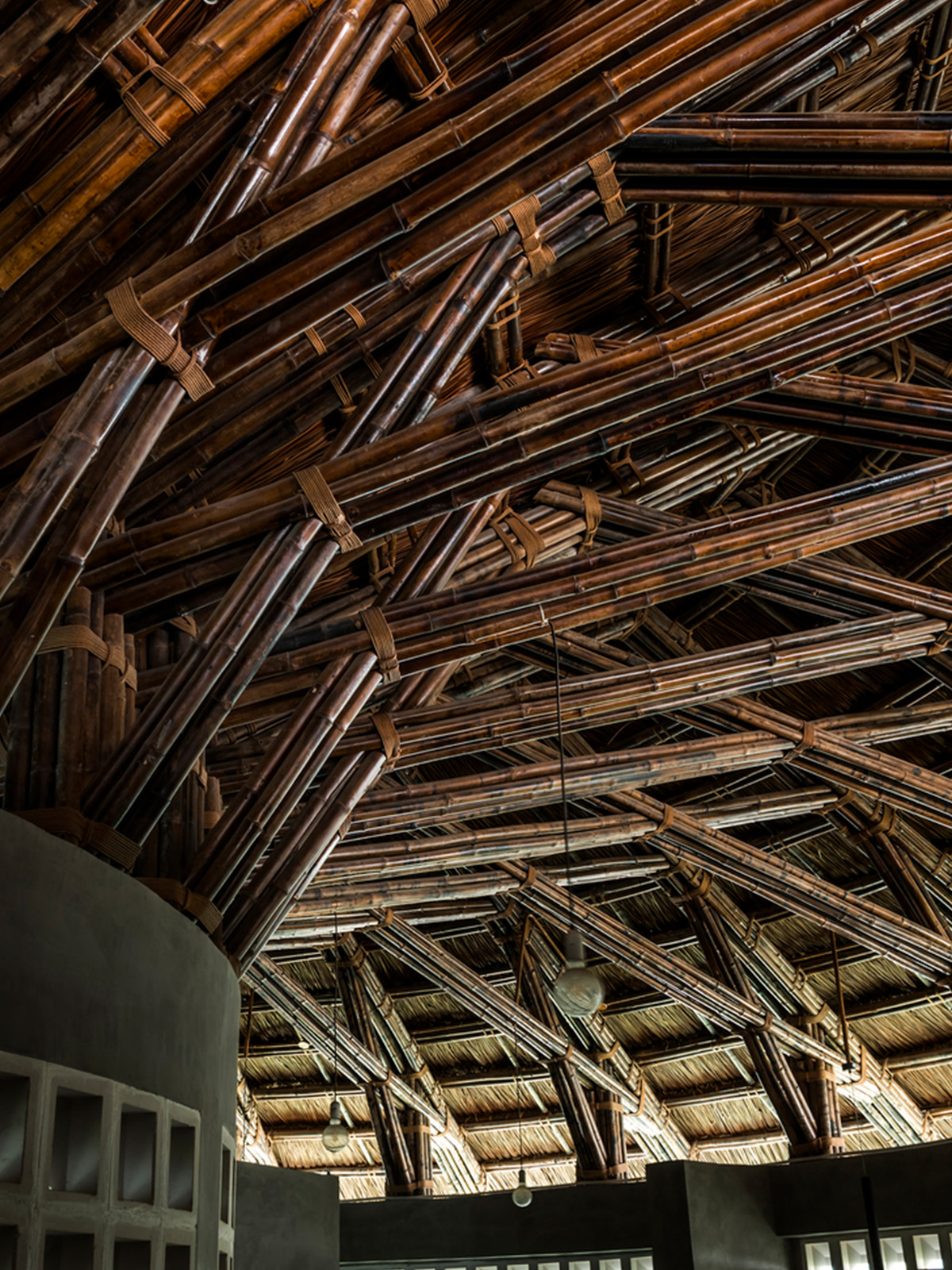
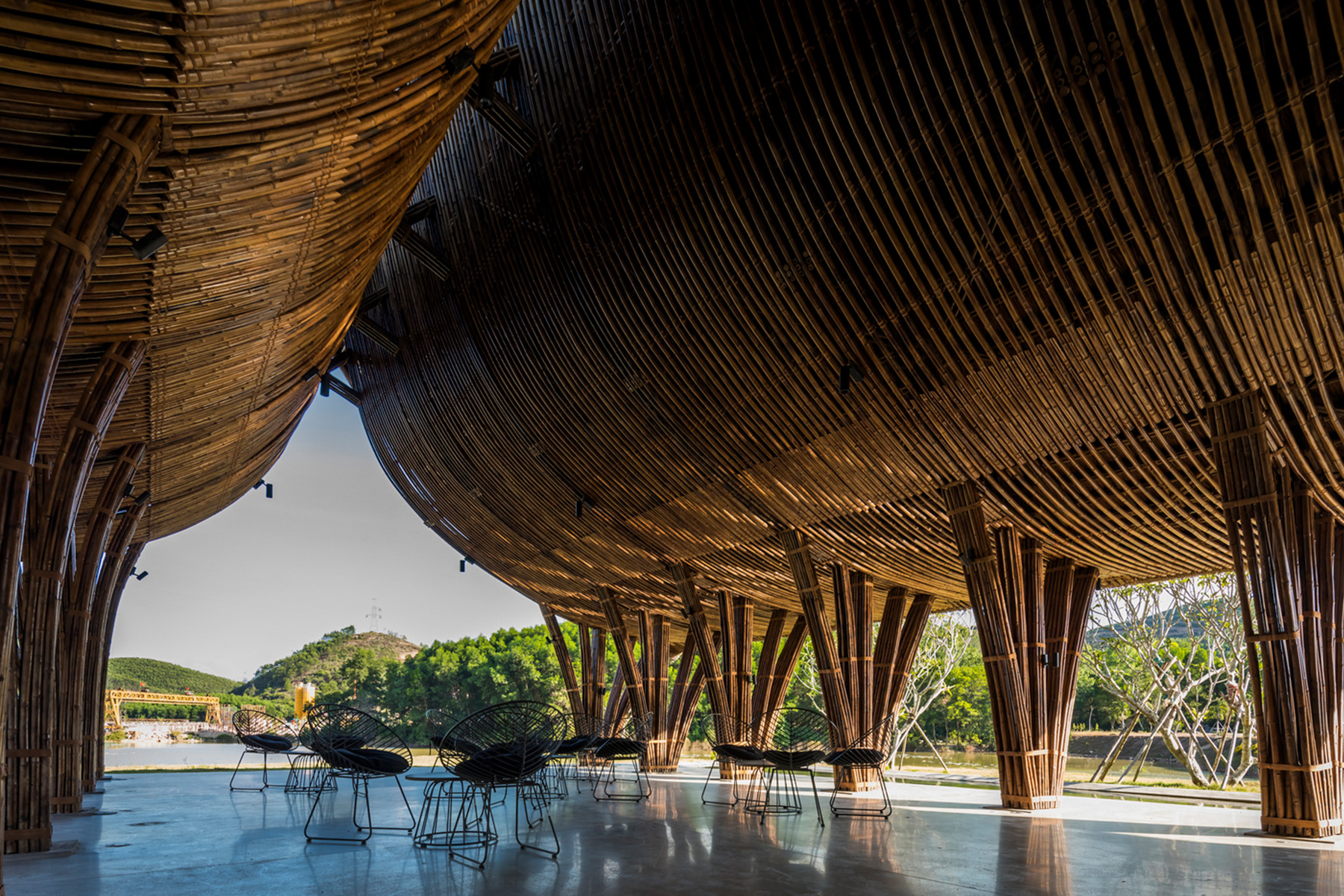
Huong An Vien Visiting Center by VTN architects. Hue, Vietnam. Photography by Hiroyuki Oki
Engineered bamboo
While more commonly used in regions like Southeast Asia where it grows in large forests, bamboo is making strides into European construction, albeit in engineered forms. As with engineered timber, bamboo pieces can be glued together to form larger uniform shapes. The result is a composite material which is stronger, more stable, and more compatible with modern construction methods.
“It often surprises people because it doesn’t look how they expected,” says Ben Gardner, materials scientist at Make Architects. “Engineered bamboo has a very fine, clean grain, and engineered bamboo flooring can be used in the same way as an engineered timber floor.”
Gardner says depending on the timber comparison, the bamboo could be more durable, and cost effective. “Engineered bamboo can even be used structurally and for building façades. At Make, we are always tracking our projects’ embodied carbon, and bamboo and timber are compelling alternatives to the steel, concrete, and aluminium we often see.”
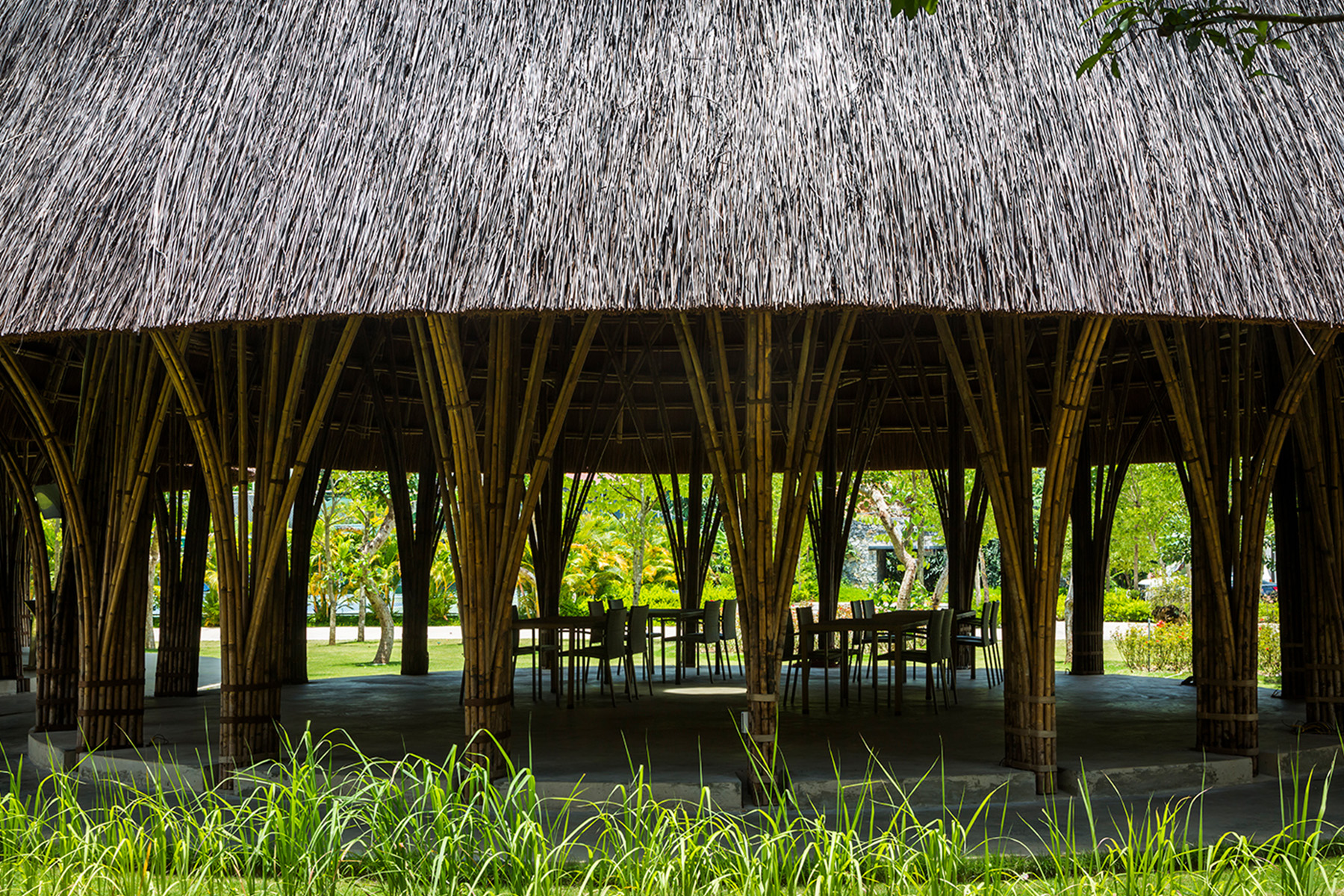
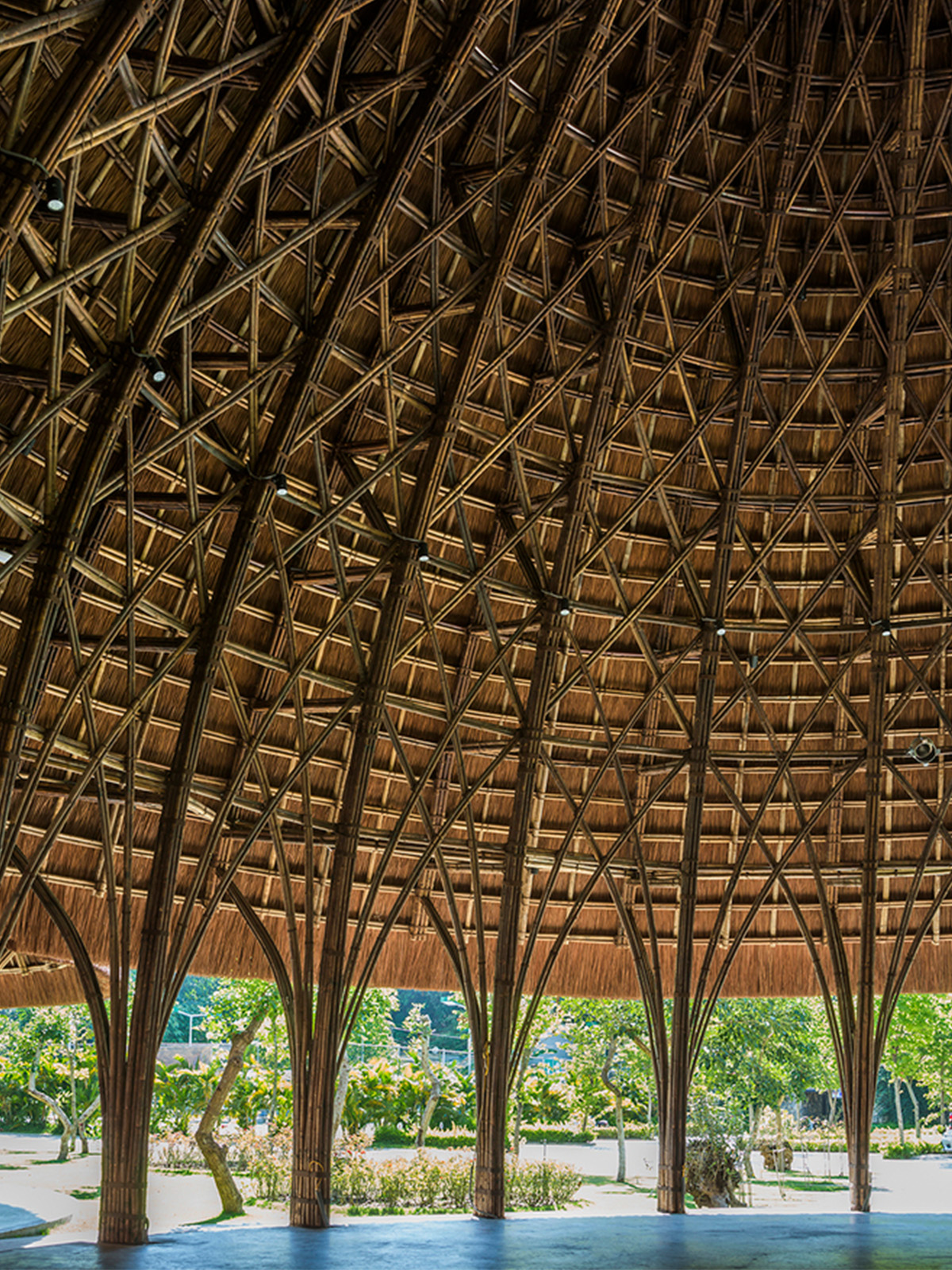
Son La Ceremony Dome by VTN architects. Son La City, Vietnam. Photography by Hiroyuki Oki
Harvesting bamboo
Being a grass, once a culm (a bamboo cane or stem) is harvested, the plant does not die, but instead new culms grow and the soil cover remains. “This is quite different to how trees grow,” says Kaminski. Bamboo can typically be harvested at three to five years, compared with 30 to 60 for typical timber species, which means material can be produced at a faster rate from a new plantation.
“There is already a lot of discussion about how we can utilise natural materials, and the benefits of doing so,” says Gardner. “But ‘natural materials’ is a huge umbrella term, so we must ask, ‘are we using the right natural material for this task?’ Species, geography, and climate all become very important – we are learning more all the time.”
Bamboo is native to every continent except for Antarctica and Europe, which throws up the question of transport costs and carbon footprint. Gardner says: “For a project in the UK, should we bring a bamboo product from the other side of the planet. Is it worth it?
“We could plant bamboo locally, but since it often forms a natural monoculture, that might not sit well with our desire to boost biodiversity.”
However, Gardner believes for certain applications, the benefits might greatly outweigh the costs, so, he says: “These kinds of questions are always worth considering.”
Or already believes bamboo is part of the solution to Southeast Asia’s housing issues. He eventually hopes to see building authorities approving engineering bamboo as a suitable structural material for building, and for more bamboo species to be planted.
Whatever the future holds for building materials, it will most certainly feature bamboo.

“For a project in the UK, should we bring a bamboo product from the other side of the planet. Is it worth it?” Ben Gardner, Make Architects
Global Sustainability Conference
Shaping a sustainable future: The built and natural environment’s journey
5 December | 12:00 - 22:00 GST | Online
7.5 Hours Formal CPD
Join us for a day dedicated to exploring cutting-edge trends and innovations in sustainability across built and natural environments. Hear from global experts who will share valuable insights on the impact of these developments worldwide. Engage in transformative discussions and practical sessions designed to inspire progress and make a meaningful impact on global sustainability.
Don’t miss out - secure your spot now

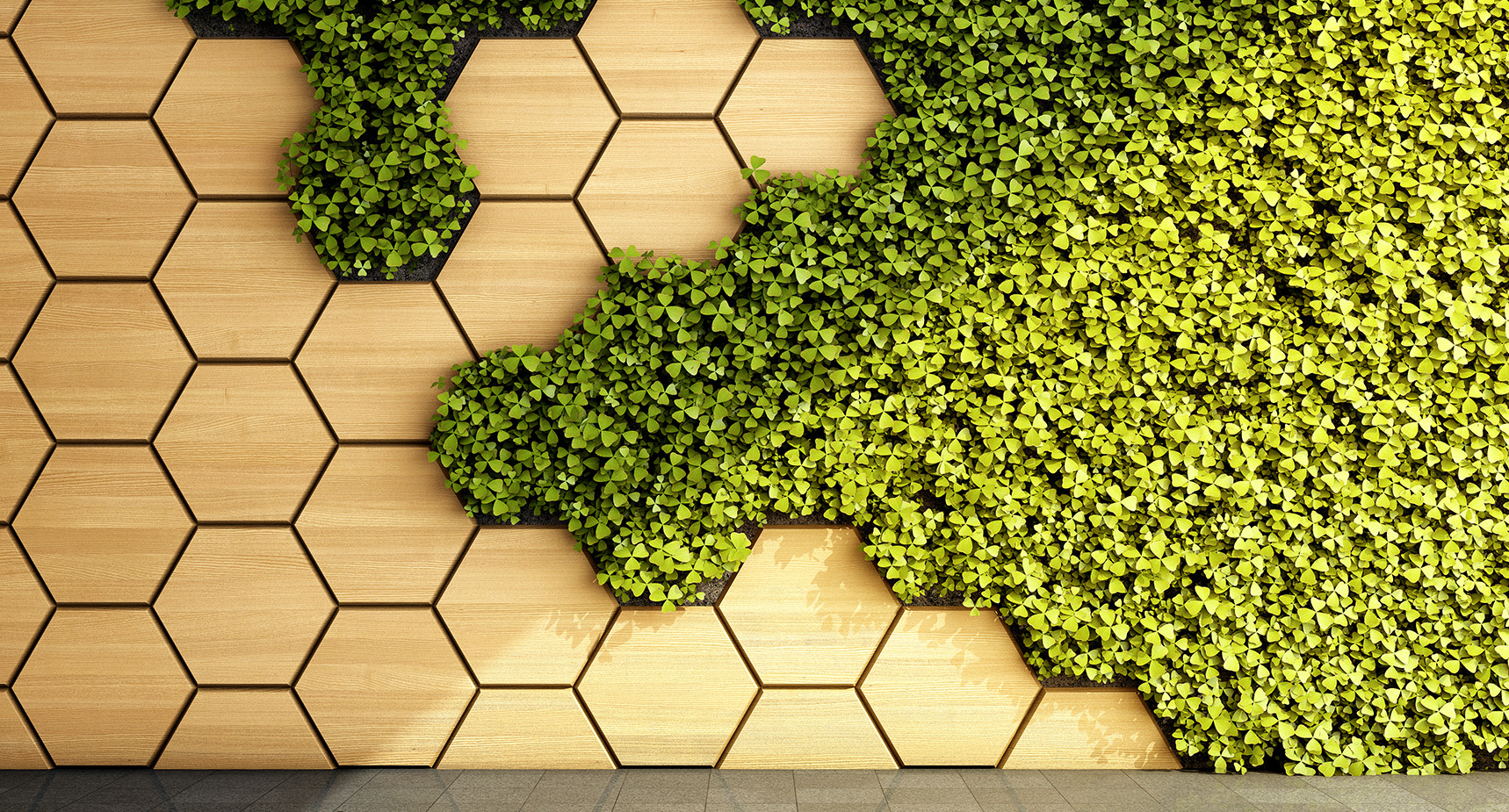
.jpg)